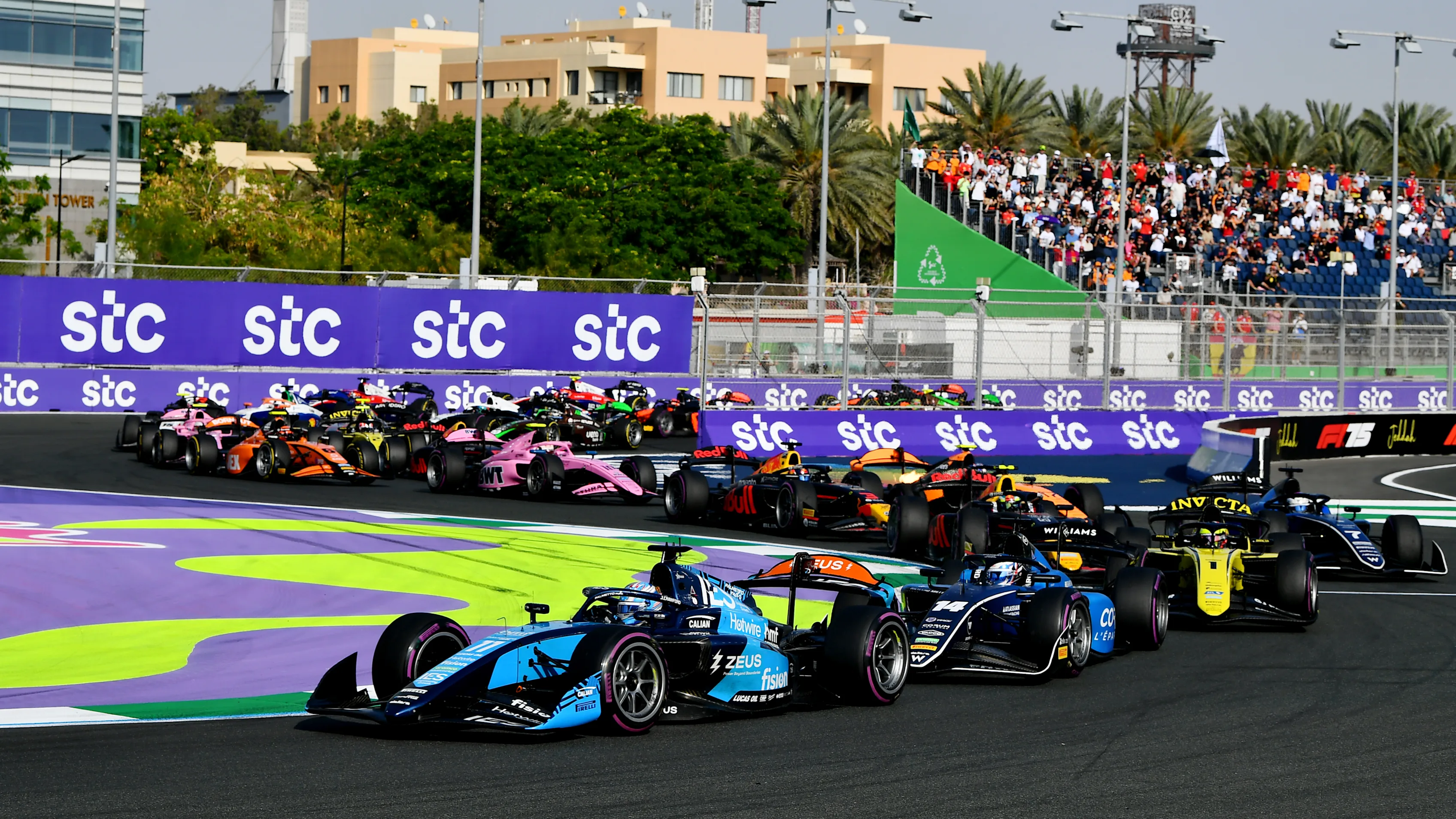Innovation in Formula 1 goes beyond the looks of the cars and, with looming regulation changes on the horizon, fuels are becoming an ever-increasing focus for teams and power unit manufacturers in the chase for performance.
As they balance championship aspirations in 2025 with the creation of the all-new cars for the 2026 regulation change, the fuels set to be used in F1 in 2026 are already powering the FIA Formula 2 and Formula 3 Championships.
READ MORE: Formula 1 reports on sustainability and social progress across 2024 season
In a collaboration with Aramco, the Advanced Sustainable Fuel active in both Championships has reached a new impressive standard, with all 52 cars running on 100% sustainable fuel.
It is a massive step forward in the development of the type of fuel that will be used in Formula 1 next season, and has exceeded expectations, as F2 and F3 CEO Bruno Michel explains.
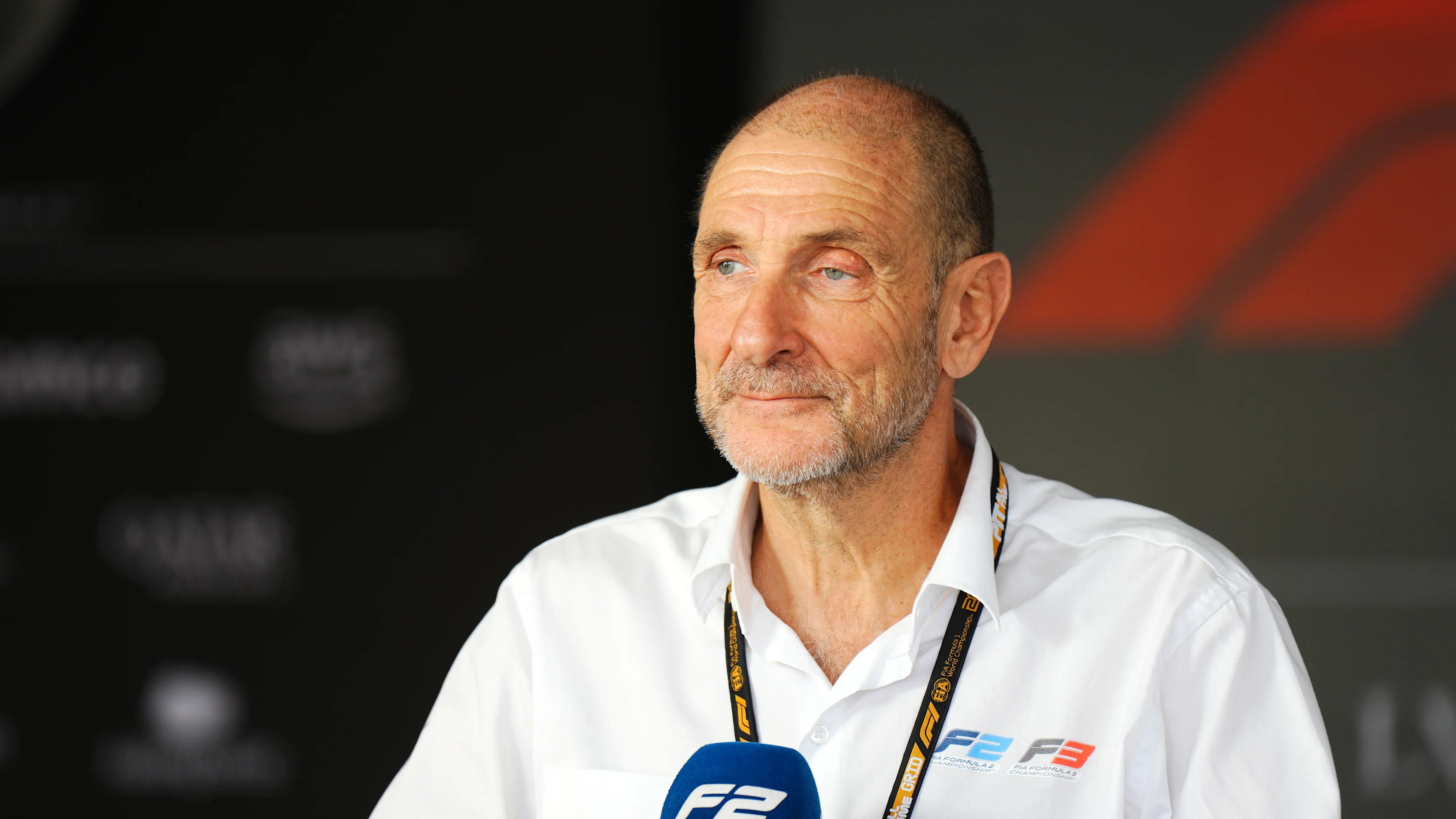
“It’s been going very, very well. We started this partnership with Aramco a few years ago, started with a 55% sustainable fuel, and it was part of the plan to make sure we were arriving at 100% normally in 2026.
“But because of the fantastic job Aramco has been doing, we’ve been able to anticipate it and do it this season, which has been a great thing.”
Both of the junior categories have been used as a testbed for F1 in the past, such as with the increased size of the 18-inch Pirelli tyres, first used in F2 in 2020 before F1 adopted the same tyre size from 2022.
Just as Pirelli were able to develop the larger F1 tyre compound based on the findings generated in F2, the use of Aramco’s 100% Advanced Sustainable Fuels in F2 and F3 has been developed to be ‘drop-in’.
Drop-in fuels are developed to be chemically identical to conventional fuels, making them compatible with existing engine and power unit technologies. They remove the need for any major modifications to the cars to use them, and reduce CO2 emissions in the process.
FIA Director of Single Seaters Nikolas Tombazis says the work done in F2 is directly relevant to what will come in F1, allowing the governing body to gather data ahead of the introduction of such fuels in Formula 1 next season.
“Making sure the performance is fairly similar in Formula 2 is an important first step. The fact that the fuel is drop-in fuel is important. In addition, there are some relatively minor aspects related to reliability, fuel tanks and stuff like that, maybe there's some small chemical differences.
“It's important to check to make sure we don't have any issues on the cars. These lessons Formula 2 are learning, I think, are taken note of for Formula 1. So that's important.”
Crucially however, the fuels used in F2 and F3 have not come at the cost of any performance, in accordance with the targets set by the Championships.
F2 and F3 Technical Director Pierre-Alain Michot says the collaboration with technical partners has been a big success, with the product used on track this season ahead of schedule and performing as expected.
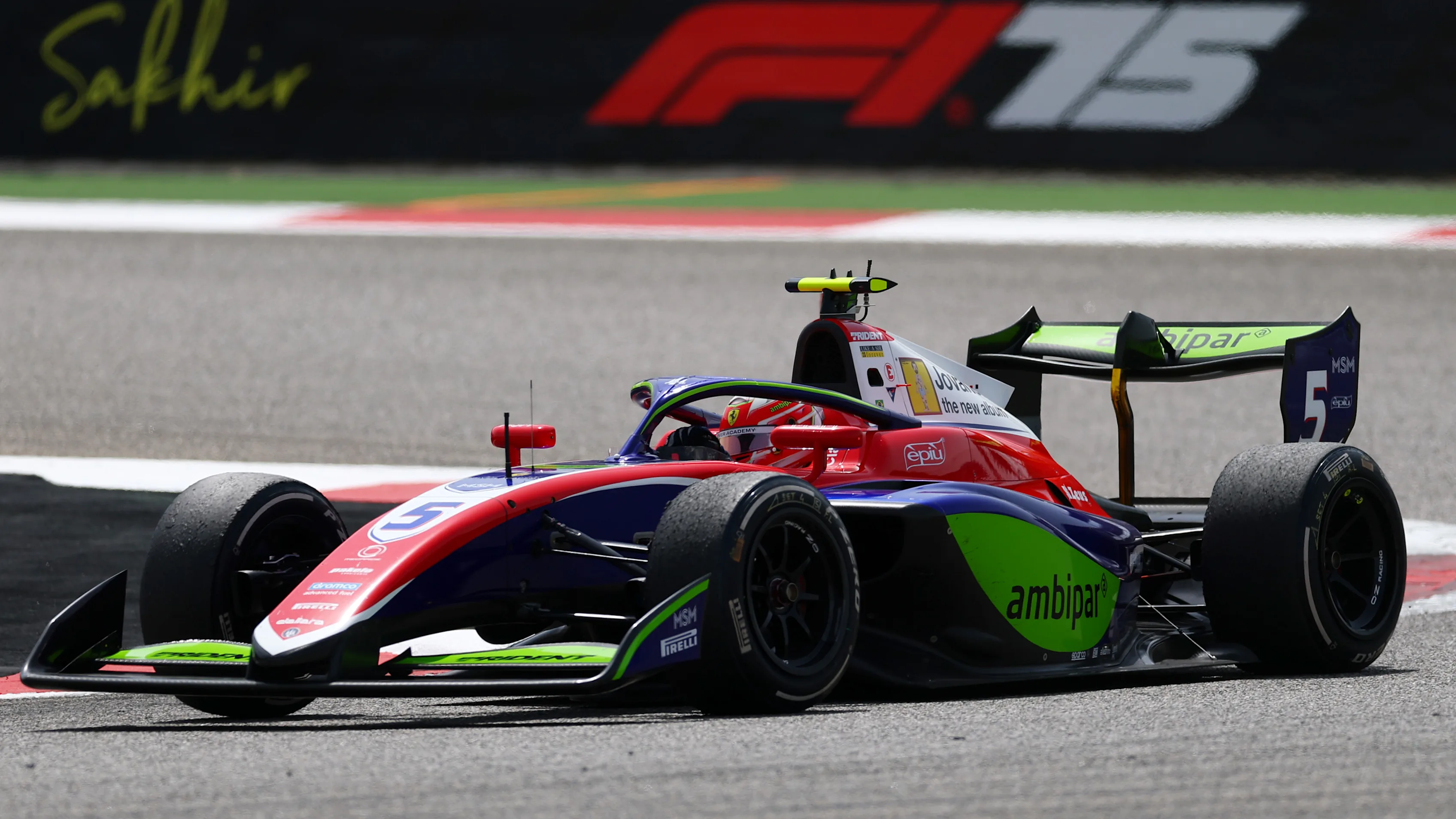
“The clear target was to have no impact on performance and for Mecachrome, our engine partner, to make sure that the engine was as reliable as before,” Michot explains.
“We worked quite hard with Mecachrome and Aramco to make sure that we could define a good formula for this fuel. We tested several different fuels, did a lot of mileage on the dyno and in the development car before releasing it on the track and on 52 cars.
F2: Verschoor makes last-lap pass for Jeddah Feature Race win
“It proved to be quite successful, the performance is there, the reliability is there, so we just need to continue on this path.”
While Formula 1 and the FIA has been watching closely, the use of drop-in and advanced sustainable fuels have the potential to have an even wider importance in the automotive industry.
Development of such fuel could pave the way for adaptation for mass market use that would eventually filter through to road car use.
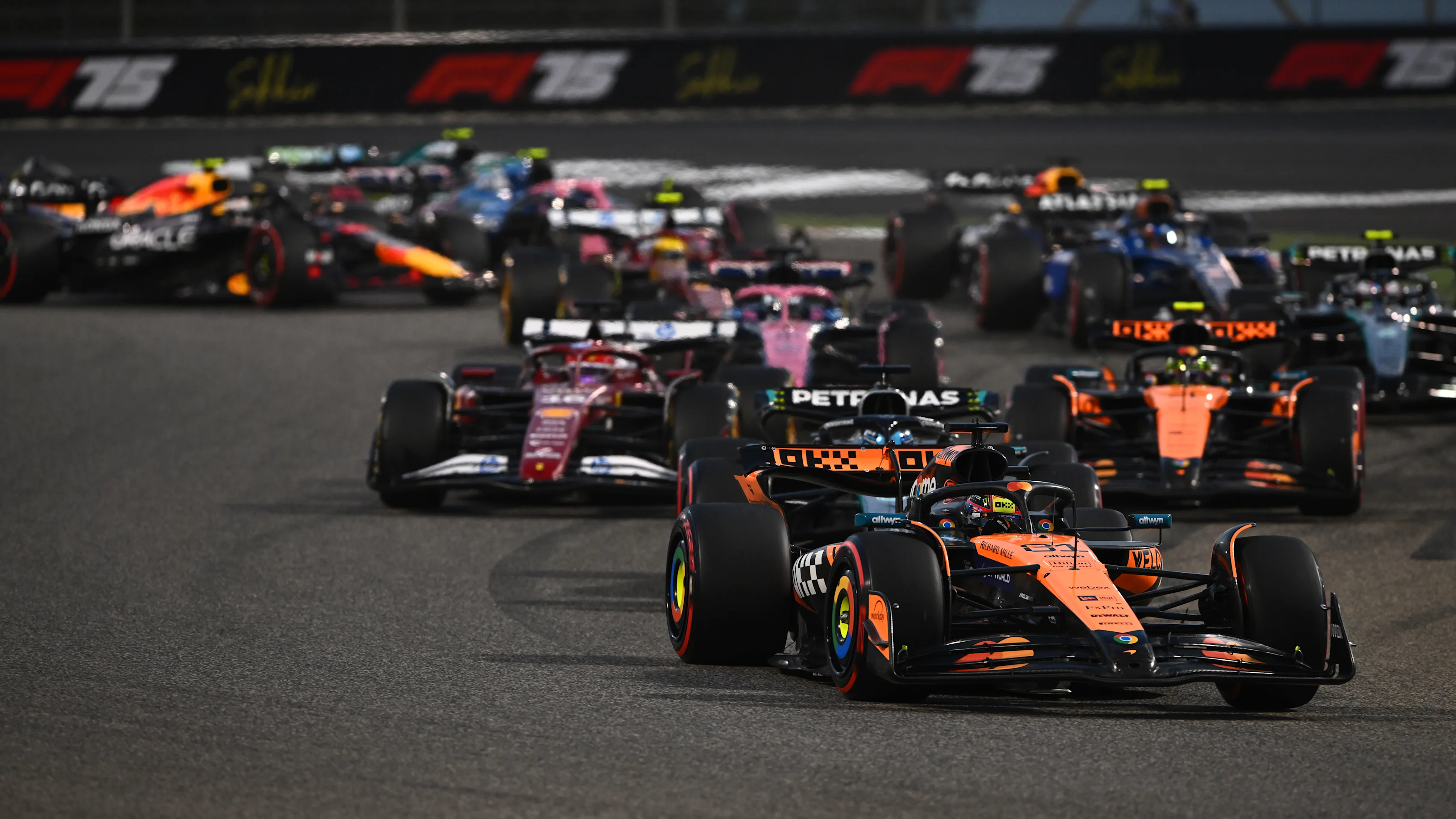
Part of that adoption process is already underway, as Aramco continues to work on their development of the fuel whilst, at the same time, ensuring the process of creating the fuel is just as sustainable as the product itself.
“When we speak about sustainable fuels, we need to make sure that the full life cycle of the production remains sustainable,” Michot continues. “Aramco is working that out as well, to make sure that the energy needed to produce this sustainable and synthetic fuel comes from sustainable energy as well.
“That’s part of the journey, and they are making sure that the full cycle [of producing the fuel] is sustainable and not just the final product. That’s one of the main targets and the biggest challenge to achieve that.”
“Aramco are working really hard to build more plants to make sure they can produce sustainable fuel at a wider range. For now, it’s quite a niche market but the aim is to make it for mass market.
“We do that by going step-by-step and they are working out how to make it happen in the near future.”
While Formula 1 teams gear up to adopt their own sustainable fuels for 2026, Formula 2 and 3 will continue to press on with Aramco, with the next target already in sight.
Both Championships will continue to use Aramco’s 100% Advanced Sustainable Fuels for now, but both will eventually adopt fully synthetic fuel.
That development is already well underway and holds exciting potential not just for the future of the FIA single seater pyramid and Formula 1, but the wider automotive industry.
“The next step is synthetic fuel,” Michel confirms. “That’s the next step in our development programme with Aramco and we are still working with them on that flat out at the moment.
“Using sustainable fuel has not increased the cost of seasons in Formula 2 or Formula 3. Aramco is supplying this fuel free of charge to the teams. So instead of increasing costs, it’s diminished the cost of the season.”
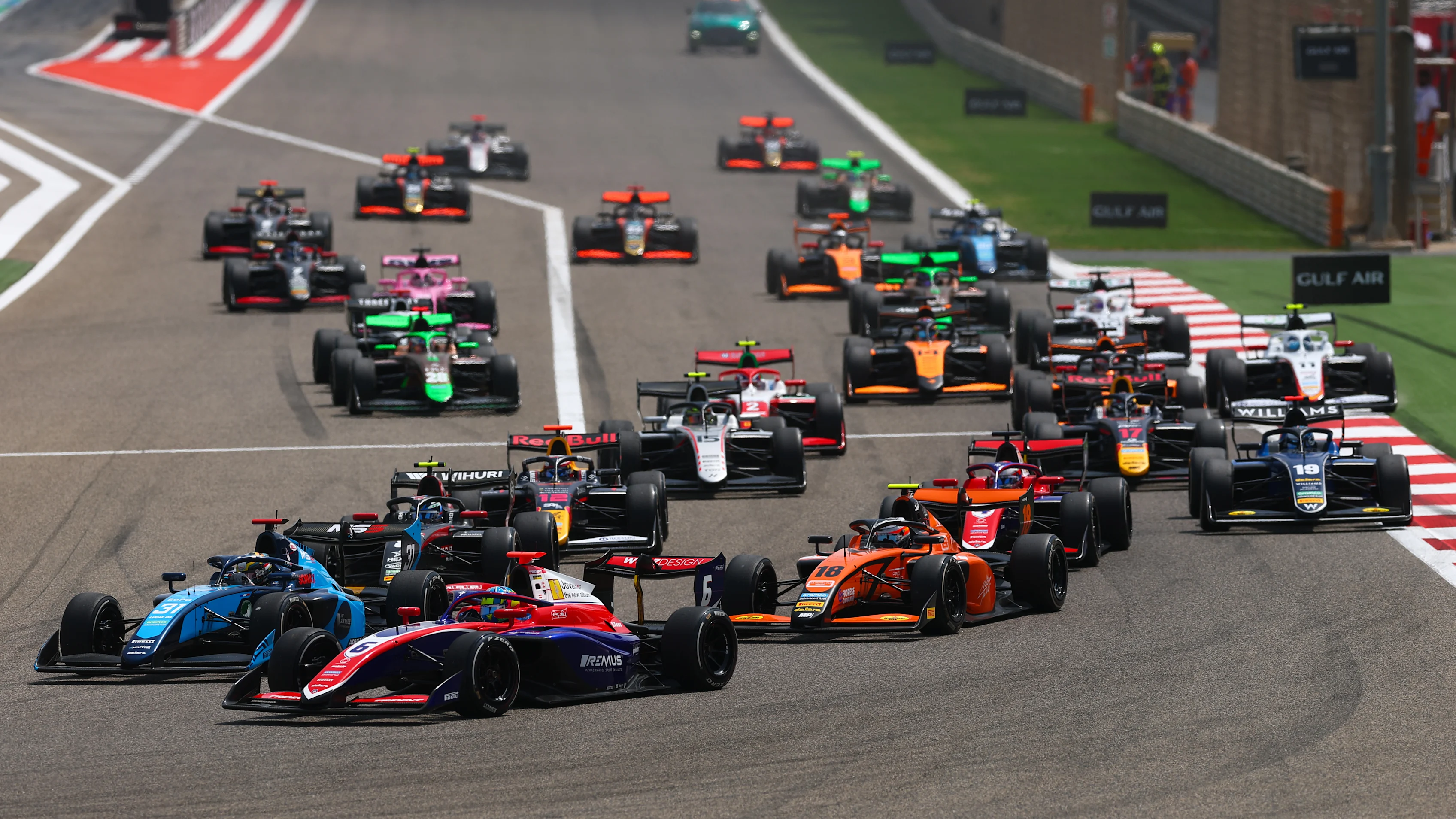
Tombazis adds that it has been a hugely useful learning experience for the FIA to have Aramco’s fuel used in Formula 2 and Formula 3 ahead of F1 adopting such fuels from ’26.
While each team will be developing their own fuels in collaboration with their own technical partners, the performance levels, positive environmental factors, and high level of competitiveness of both Championships bodes well for Formula 1 in 2026.
EXPLAINED: What is Sustainable Aviation Fuel and why is F1 investing in it?
“It’s quite an interesting and complicated process. Of course, in Formula 1, we are delighted in the FIA there’s an opening grant from Formula 2 with Aramco and we’re very respectful of this process.
“That's the additional challenge in Formula 1, and I think it's very useful that these initial steps taken in the lower categories. I think we'll complete the picture next year when Formula 1 makes this big step.”

Next Up
Related Articles
 Wolff calls Abu Dhabi ‘mediocre’ but ‘pleased’ to finish P2
Wolff calls Abu Dhabi ‘mediocre’ but ‘pleased’ to finish P2 Crawford sets the pace at Abu Dhabi post-season test
Crawford sets the pace at Abu Dhabi post-season test Verstappen pays tribute to Lambiase after ‘emotional year’
Verstappen pays tribute to Lambiase after ‘emotional year’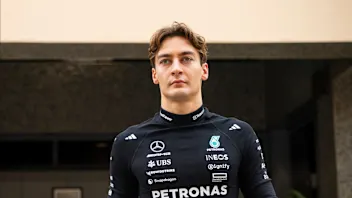 Russell calls his Abu Dhabi performance ‘dreadful’
Russell calls his Abu Dhabi performance ‘dreadful’ Hulkenberg pleased to score points in Sauber’s final race
Hulkenberg pleased to score points in Sauber’s final race Tsunoda's best moments in F1 as he departs the grid
Tsunoda's best moments in F1 as he departs the grid
